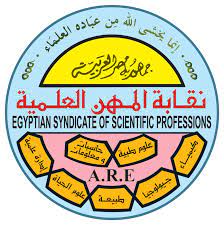VNTRs
A variable number tandem repeat or (VNTR) is a group of DNA sequence organized as a tandem repeat. VNTRs are a type of minisatellite in which the size of the repeat sequence is generally ten to one hundred base pairs repeated variably from five to fifty times. Minisatellites are a type of DNA tandem repeat
sequence, meaning that the sequences repeat one after another without other sequences or nucleotides in
between them. The sequences of minisatellites are larger than those of microsatellites, in which the repeat
sequence is generally two to five nucleotides. These can be found on many chromosomes, and often
show variations in length (number of repeats) amACong individuals. Each variant acts as an inherited allele,
allowing them to be used for personal or parental identification. Their analysis is useful
in genetics and biology research, forensics, DNA fingerprinting and detection of chimerism This shows a theoretical example of a VNTR in two different individuals. A single strand of DNA from each individual is displayed in which there is tandem repeat sequence that the individuals share. The sequence
presence is a VNTR because one individual has five repeats, while the other has seven repeats (number of
repeats varies in different individuals). Each repeat is ten nucleotides, making it a minisatellite, rather than a
microsatellite in which each repeat is 2-5 nucleotides. VNTRs as a tool for detection of chimerism in allogeneic
stem cell transplantation Assessment of chimerism is an indispensable tool to
monitor the patient post-allogeneic stem cell transplantation. It permits the evaluation of engraftment
and the early detection of complications as relapse due to graft failure or rejection due to graft versus host disease (GVHD).
The outcome of transplantation depends on patient status of chimerism whether complete chimerism (CC) or
mixed chimerism (MC) or autologous recovery (AR). VNTR is a PCR- based method, where pre-transplant
samples are withdrawn from both the patient (recipient) and donor. DNA is extracted and different loci are
amplified. An informative locus is selected for posttransplant chimerism detection. VNTR tested loci are: Apo B, 33.1, 33.4, 33.6, YNZ-22 and D1S80. After transplantation a sample is withdrawn from the
patient (recipient) only and the informative locus is tested to detect the patient status of chimerism whether
CC, MC or AR





































